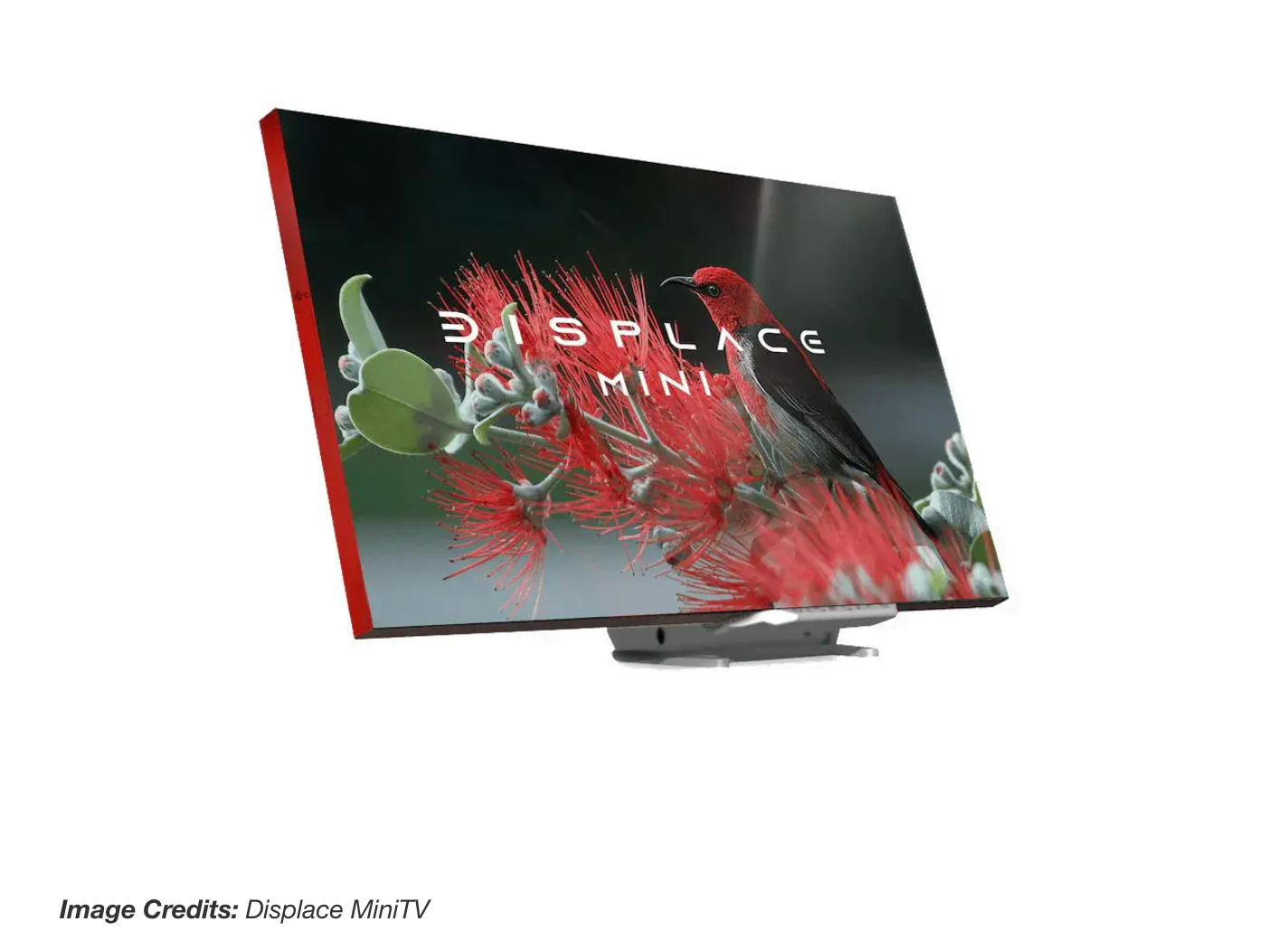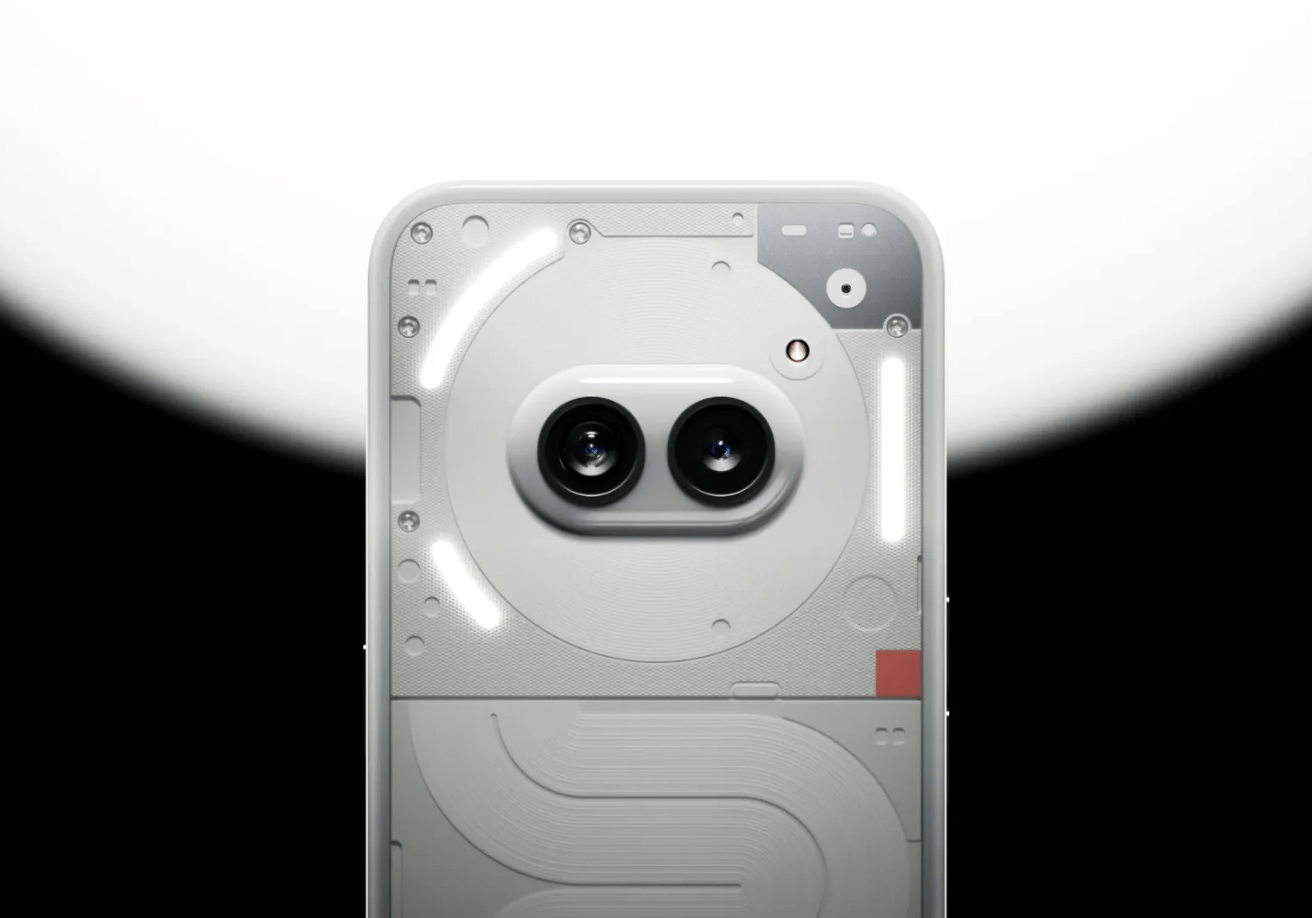This website uses cookies so that we can provide you with the best user experience possible. Cookie information is stored in your browser and performs functions such as recognising you when you return to our website and helping our team to understand which sections of the website you find most interesting and useful.

In this blog, we explore and round up some of the most exciting tech reveals from MWC Barcelona 2024. In case you didn’t know already, the Mobile World Congress (MWC) Barcelona 2024 is one of the most anticipated technology conferences. The annual conference is a staging ground for the latest innovations from mobile vendors, IT companies, networking , telecom providers and others.
Running for a few days at the end of February, with the last day of the conference being on 29th; nearly 100,000 people came to Barcelona to get a first-hand experience of future technologies. With so many requirements for 5G and energy efficiency on a global scale, Nokia showcased its partnership with Intel to make 5G more energy efficient. It encompasses the integration of chips (Xeon processors) and power management software in Nokia’s 5G Core solutions.
Next up, NTT is partnering with the organisation, Red Hat to enable AI data analysis at or near the edge in real-time. The ambition is to lower the latency and increase the bandwidth for sensor tech implementations. This collaboration is based on the Red Hat OpenShift platform and tech developed by IOWN Global Forum, including IOWN All-Photonics Network (APN) and IOWN Data-Centric Infrastructure (DCI).
On the mobile side, Motorola tried to impress with a rollable smartphone. The device features a pOLED display and multiple batteries, allowing it to bend. While the device can be wrapped around a wrist and held on using a magnetic strip, the device cannot be folded.
Aside from Motorola, the OnePlus co-founder’s London-based venture Nothing Company’s next smartphone, the Nothing Phone 2a. The company showed off the 2a in a glass box while choosing not to disclose all the tech specs just yet, apart from the fact that the device runs on the MediaTek Dimensity 7200 Pro chip. At the higher end of the market, China worked hard to impress the audience with the Xiaomi 14 Ultra. Primarily, this is for camera lovers with a revamped user interface (HyperOS) and AI features. It runs on the Snapdragon 8 Gen 3. The device is priced at £1,299.00 for the 512 GB model, the same as the iPhone 15 Pro.
On a very topical subject in the world of tech, earlier this week, Brain.ai founder and CEO Jerry Yue demonstrated how generative AI might be foundational to the next generation of devices. The AI and interface company’s operating system is likely to be seen in the United States in the device known as the T-Mobile REVVL here in the States (known as the “T Phone” in international markets like the EU), but more precise details are unknown.
“From a privacy and security perspective, we want to give a new level of control that people don’t have right now,” Yue said. “The computer’s understanding of you, now it’s aggregated into different apps. These AI models are black boxes — recommendation machines that exploit our attention. We believe in explainable AI. We will be explaining to you, each step of the way, why we are making a recommendation. You have more people owning the AI and not big tech black boxes.”
Whilst on the continued subject of AI, Brad Smith, the president, and vice chair of Microsoft, announced a framework called “AI Access Principles,” which is an 11-point plan that Smith said will “govern how we will operate our AI datacenter infrastructure and other important AI assets around the world.” More news to follow on that subject.

Google also used the event to confirm that they have rolled out AI into more of its services, including a new set of features for phones, cars, and wearables. These are using Gemini to craft messages, AI-generated captions for images, summarising texts through AI for Android Auto, along with access to passes on Wear OS.
In addition, Google Messages will get a feature that lets you access Gemini in the app. The feature is currently in beta and only supports English. The mobile giant is also launching some accessibility-related features as well. One is the Lookout app, which helps visually impaired people with things like food labels and documents and will now generate AI-powered captions for images that have missing or inaccurate captions or alt text.
In other news, we were impressed by company Displace who was showing the audience the company’s 55-inch Display Flex product. It’s a “wireless” $3,000 4K OLED TV that sticks to walls without a traditional mounting. More details to be announced but the company hinted at future feature based on an “AI-powered shopping engine” letting consumers purchase products from ads and a contactless payment reader.
And finally, if Apple Watch is not your style, why not take a look at the OnePlus’ Watch 2 which gets 100 hours of battery thanks to a pair of chips and Wear OS tweaks. The 100-hour battery life claim Tuomas Lampén, OnePlus Europe’s head of strategy commented to a reporter, “battery is precisely the sort of thing OnePlus needs to lean into,” given that battery life is instrumental to consumers on both mobile devices and wearables, this could be warmly welcomed by smartwatch customers.

